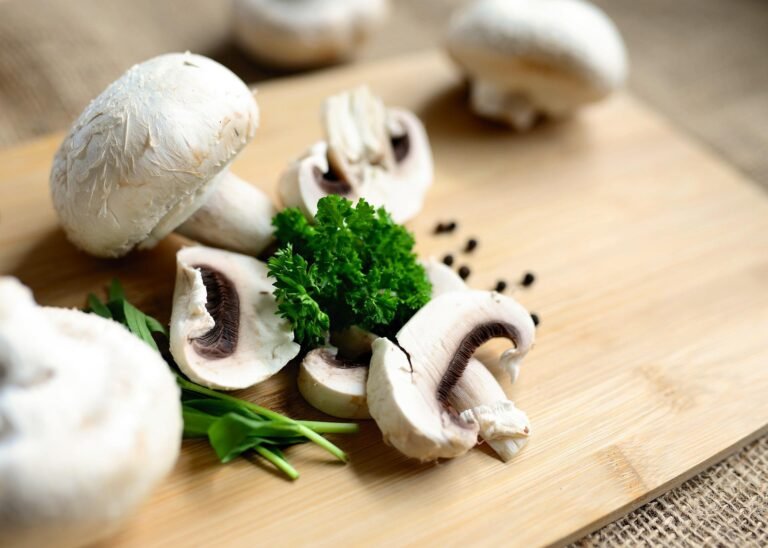Search Below For New Gardening Tips and Tricks with Practicals
Which Bonsai trees are best indoors in India?
Bonsai trees are best indoors – Bonsai trees are a beautiful addition to any home, and they can thrive indoors with the proper care. If you’re in India and looking for the best bonsai trees to grow indoors, here are four of the best options. Ficus Retusa, also known as the Banyan Fig, is a good option for beginners. It’s a hardy tree that can tolerate lower light levels and is relatively easy to care for.
The Ficus Ginseng is another good indoor bonsai tree for India. It has an interesting root system that is often exposed, which can add an aesthetic element to your home. If you’re looking for a flowering bonsai tree, the Hibiscus is a good option. It produces beautiful flowers in a variety of colors, and it does well in indirect sunlight. Finally, the Jade bonsai tree is a good choice for those who want a low-maintenance tree. It’s easy to care for and can tolerate drought conditions, making it ideal for those who don’t have time to water their plants regularly.

Ficus Bonsai
Ficus Bonsai is one of the most popular bonsai trees for indoor use in India. It is an evergreen tree with glossy leaves that make it a beautiful addition to any home. Ficus Bonsai is easy to care for and can be grown in a wide range of environments.
Flowering Bonsai
Flowering bonsai are a type of bonsai that can bloom flowers indoors. While there are many different types of flowering bonsai, some of the most popular varieties include the Japanese maple, camellia, and azalea.
A flowering bonsai is a great option for those who want to add a touch of beauty to their home or office. They not only have a lovely appearance, but they can also aid in air purification.
Satsuki Azalea Bonsai
Assuming you would like a content section for the subheading “Satsuki Azalea Bonsai”:
The Satsuki azalea is a species of azalea that is native to Japan. It is an evergreen shrub that can grow to be anywhere from two to six feet tall. The Satsuki azalea has glossy green leaves and produces beautiful white, pink, or red flowers in the springtime.
The Satsuki azalea is a popular choice for bonsai because it can be easily shaped and trained. The Satsuki azalea is also tolerant of different growing conditions and can be grown indoors or outdoors. If you live in an area with a climate that is similar to that of Japan, then the Satsuki azalea would make a great indoor bonsai tree for you.
Jinsei-en Japanese Maple Bonsai
The Jinsei-en Japanese Maple Bonsai is a beautiful and delicate tree that makes a stunning addition to any home. Native to Japan, this tree is known for its small, delicate leaves and weeping branches. The Jinsei-en Japanese Maple is an excellent choice for those looking for an indoor bonsai tree that is both aesthetically pleasing and easy to care for.
Fukien Tea Bonsai
Fukien tea bonsais are perfect for indoor conditions in India. These small evergreen trees are native to southern China and Taiwan, and they thrive in warm, humid environments. Fukien tea bonsais have glossy, dark green leaves and small white flowers that bloom in the springtime.
If you’re looking for a bonsai tree that will do well indoors in Indian conditions, a Fukien tea bonsai is a great option. These trees are relatively easy to care for, and they make beautiful additions to any home.
Conclusion
We hope this article has helped you figure out which bonsai trees are best for indoors in India. With so many beautiful and unique species of bonsai to choose from, it can be tough to decide which ones will thrive in your home. Consider the climate of your home, the amount of sunlight available, and your own personal preferences when making your decision. With a little research and care, you can have a beautiful indoor bonsai tree that will bring you joy for years to come.
6 signs of diabetes in dogs
- 5 best indoor plants to be grown at home
- How can I take care of my petunia flowers?
- How efficient is drip irrigation?
- 10 Ways to Build Soil for Your Organic Garden
- How many types of sugarcane are there?
Discover more from Gardening with Ecorganicas-Source for Organic Gardening Tips
Subscribe to get the latest posts sent to your email.








